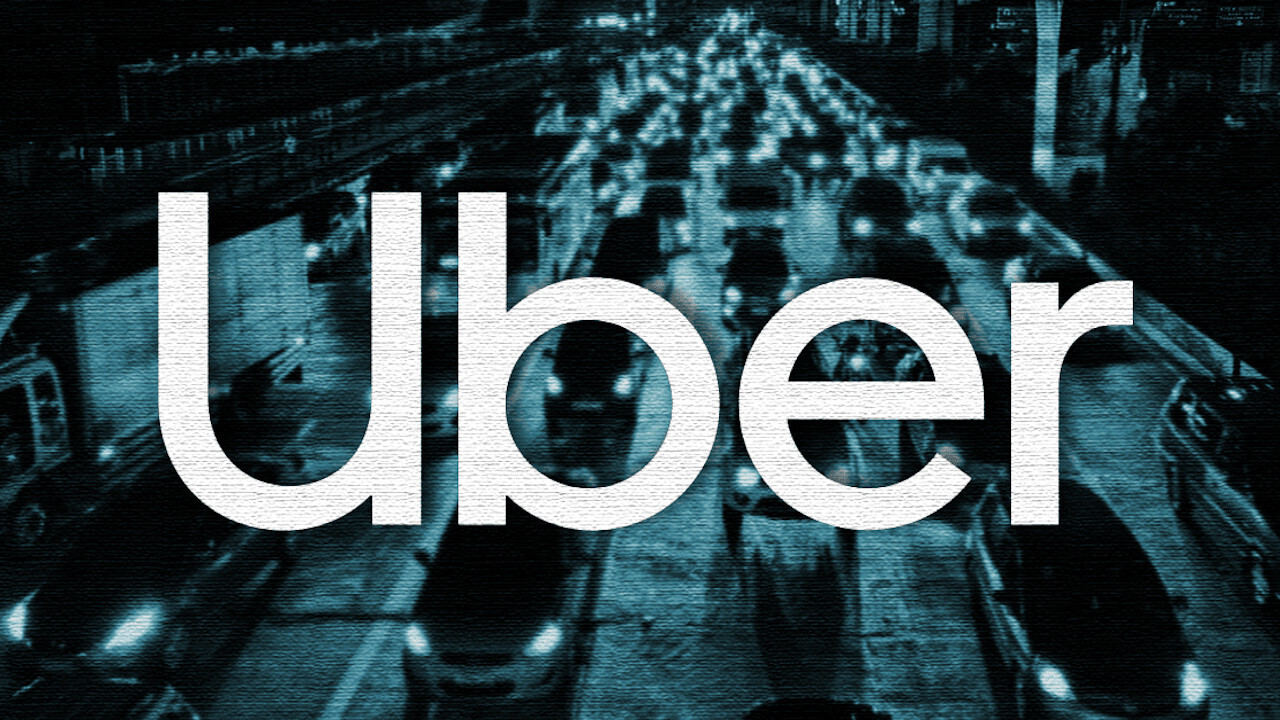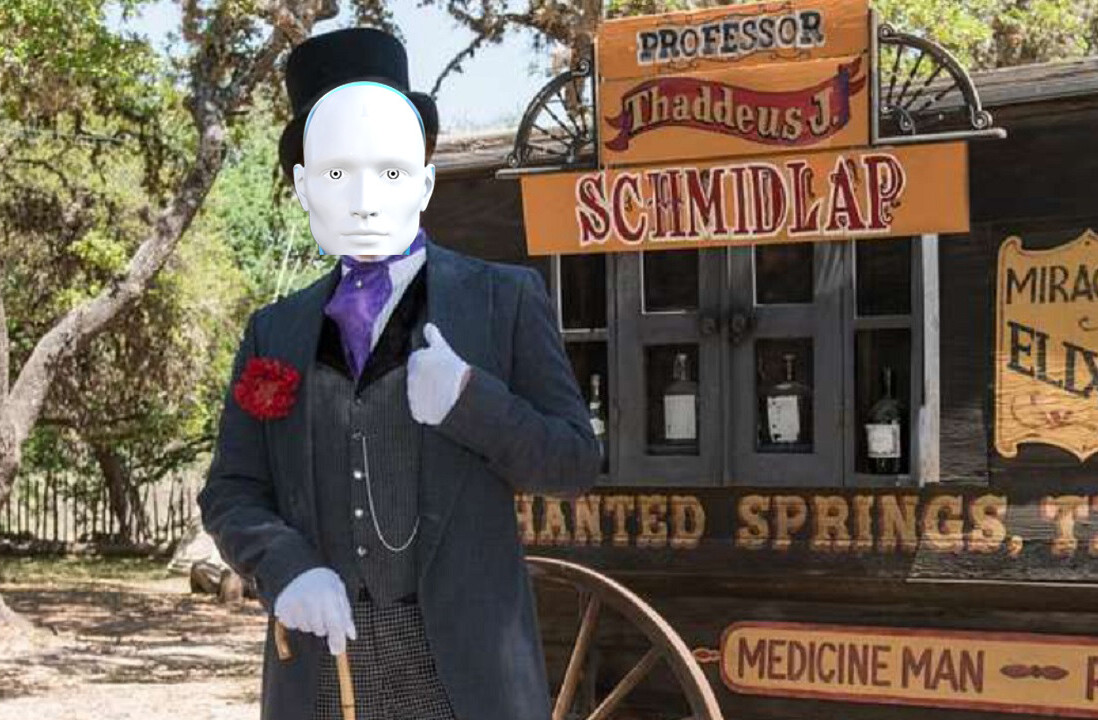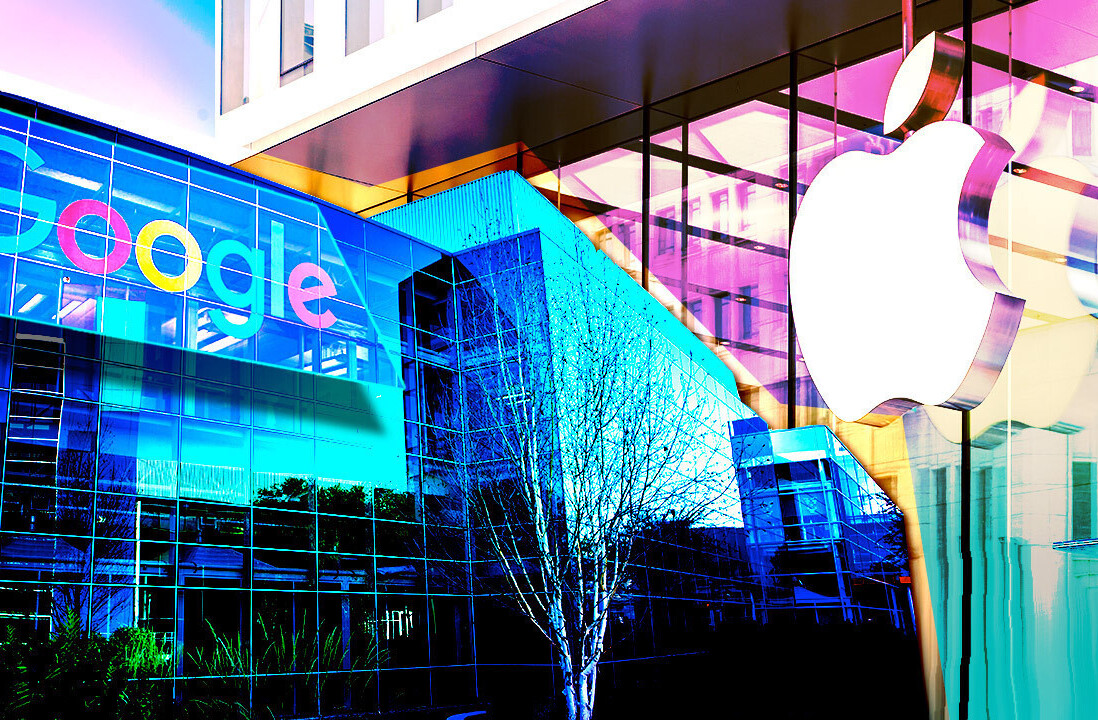
Back in March, I wrote about how Uber’s ride-hailing business was having an absolute downer. One that had been spurred on by a drop in rider numbers thanks to COVID-19, and legislative rulings over how it classifies its drivers.
It was shaping up to be a fight between David (the drivers and lawmakers) and Goliath (Uber). At the time, I professed that David was yet to find his projectile, but now, I’m questioning whether he’ll need one at all to force Uber to change how it treats its drivers.
Since writing that article, I had a number of Uber drivers contact me directly to describe the torrid time they’re having.
One driver described how they made about half the minimum wage for their state, despite putting in a 6-hour shift.
They went on to describe how their earnings have tanked over the past few years. Going from up to $400 per day to less than half that. This unexpected drop in earnings has led them to default on loans, and put them in a challenging financial situation that they didn’t see coming.
Another driver, whose partner works for Uber Eats part-time, compared what it’s like being a ride-hailing driver to delivering food for Uber’s sister service.
They told me that their partner was getting kick backs and incentives from Uber Eats making the gig financially worthwhile. However, they, along with other drivers they’ve spoken to who have been faithful to the platform, are not being prioritized for those bonuses.
Instead, there is an influx of new and returning drivers, incentivized by those bonuses, soaking up the stimulus money that was allocated to increasing driver supply post-corona.
As rider numbers dropped during the pandemic, many drivers left the platform as there wasn’t the demand to make it financially viable. Most found other jobs, or have moved on.
Uber is playing with the economics of its own market, and it doesn’t seem to be working. It adjusts prices to encourage drivers to join and pick up rides, and it increases prices to exploit the market when demand is high. Unfortunately, this leads to a bad experience for both riders and drivers at some point.
Add that to the fact that drivers are struggling to make as much as they once did, are treated poorly, and aren’t returning to the platform inline with rider demand, and we have a cocktail for disaster.
A double-edged sword
If Uber employed its drivers, rather than holding them in constant contractor limbo, perhaps it wouldn’t have had to incentivize them so hard to return. What’s worse, those that stayed and showed some loyalty, didn’t see any reward.
Those incentives won’t last, either. Uber’s strategy of entering a new country, offering good prices to lure in drivers, and then cutting tariffs to increase ridership have proven fruitless in achieving the long-term impact it desires.
Perhaps improving working conditions, benefits, and long-term average earnings would be a more rewarding strategy.
Despite these bonuses, drivers still are refusing to pick up rides. According to The Rideshare Dude on Twitter, due to the lack of drivers, rides are costing far more than they did before.
Unfortunately, drivers are only getting a fraction of that inflated price, so it seems Uber is more keen on capitalizing on the situation, rather than paying drivers a decent enough cut to make them want to do the work.
Right now Uber is charging an extra $80 for a ride from the airport to my house. Of that $80 the driver only gets $15 and that is why so many passengers are sitting at the airport waiting for a ride.
— The Rideshare Dude (@1RideshareDude) June 15, 2021
Of course, these are just anecdotes, seedlings teased from the dandelion narrative floating into the face of Uber’s gigantic leaf blower.
However, over the past few weeks, many other outlets have been reporting similar situations, and claim that Uber rides are not going to get any cheaper any time soon.
Research suggested that rides in March cost 37% more than they did a year earlier. In April, costs were up 40%.
The issue is that Uber’s pricing model has to balance between big swings in demand from riders and the supply of drivers.
In economics, this is known as “price elasticity.” Historically, Uber’s pricing has been relatively elastic. Incentives, like surge pricing, can noticeably get more drivers on the roads at given times to meet supply and ensure prices stay reasonable for riders.
The same thing happens when Uber offers incentives and bonuses to new and returning drivers. They return, for a while.
Today my Uber ride from Midtown to JFK cost me as much as my flight from JFK to SFO…. pic.twitter.com/Fa3RjUOZ00
— sunny madra (@sundeep) May 26, 2021
You see, elasticity has a problem: it is elastic. It can only stretch for so long, and inevitably at some point (usually when the incentives or bonuses are removed) things return to the way they were.
In other words, when there are too many drivers, and not enough riders, prices are low, and it’s hard for workers to make any money. But it’s a great situation for riders.
When there are too many riders and not enough drivers, prices go up. Good for drivers, bad for riders. It’s an economist’s dream example of how a market can work.
I’d like to take this moment to point out a fallacy Uber often sells to its drivers: that they have the freedom to chose when and how they work.
Ultimately, they don’t. They work when the market requires them to, when they are incentivized to, and when there is demand. The notion that drivers have total control over when they work, is a misnomer. Free will doesn’t exist.
Back to the situation at hand…
The reality is that this economic perspective assumes that supply is infinite. That if drivers are incentivized, they will return to satisfy the increasing demand.
Except, this doesn’t consider the situation for drivers and whether they actually want to return. All things being equal, drivers would return. Though it seems not enough drivers are taking the bait.
If the long-running cases over driver working conditions, pay, and classifications are anything to go by, there is a lot more friction (and hesitance) for drivers to return to the platform, than for riders.
Although it grapples with the same economics the world over, at the moment, this issue is most prevalent in Uber’s US market.
Things will end not with a bang, but a whimper
If the only reason drivers come back to Uber is because of the incentives, they’re unlikely to stay when the bonuses dry up.
As the two drivers at the top of this article showed, average and typical earnings are way down on what they were a few years ago. Uber’s conventional driver pay structure is waning. Those that quit the platform once are surely the most likely to leave as soon as the going gets tough again.
What’s more, most Uber drivers quit after 12 months in a normal year. Given the profound stress and uncertainty surrounding coronavirus, it’s understandable that they’re in no hurry to return.
I’m starting to wonder how many humans that could possibly work for Uber remain in existence.
Uber is well and truly between a hard rock, and an even harder place right now.
Do EVs excite your electrons? Do ebikes get your wheels spinning? Do self-driving cars get you all charged up?
Then you need the weekly SHIFT newsletter in your life. Click here to sign up.
Get the TNW newsletter
Get the most important tech news in your inbox each week.





